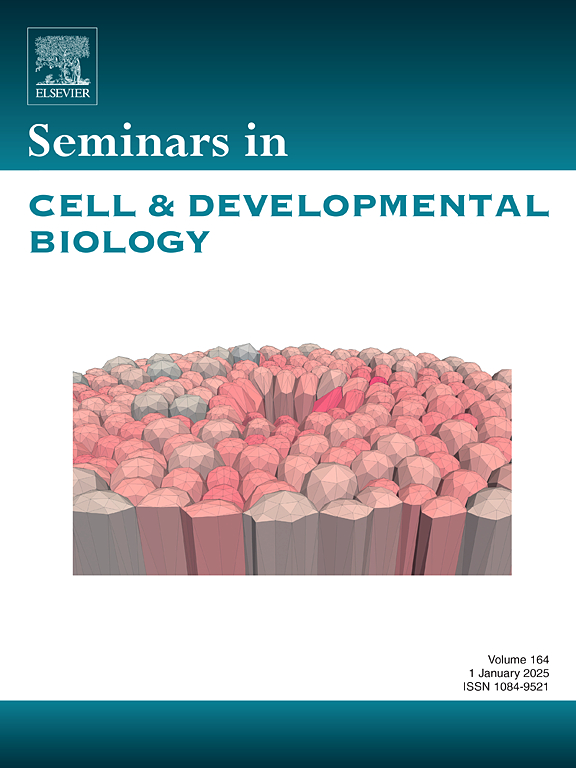Decoding the blueprints of embryo development with single-cell and spatial omics
IF 6
2区 生物学
Q1 CELL BIOLOGY
引用次数: 0
Abstract
Embryonic development is a complex and intricately regulated process that encompasses precise control over cell differentiation, morphogenesis, and the underlying gene expression changes. Recent years have witnessed a remarkable acceleration in the development of single-cell and spatial omic technologies, enabling high-throughput profiling of transcriptomic and other multi-omic information at the individual cell level. These innovations offer fresh and multifaceted perspectives for investigating the intricate cellular and molecular mechanisms that govern embryonic development. In this review, we provide an in-depth exploration of the latest technical advancements in single-cell and spatial multi-omic methodologies and compile a systematic catalog of their applications in the field of embryonic development. We deconstruct the research strategies employed by recent studies that leverage single-cell sequencing techniques and underscore the unique advantages of spatial transcriptomics. Furthermore, we delve into both the current applications, data analysis algorithms and the untapped potential of these technologies in advancing our understanding of embryonic development. With the continuous evolution of multi-omic technologies, we anticipate their widespread adoption and profound contributions to unraveling the intricate molecular foundations underpinning embryo development in the foreseeable future.
用单细胞和空间组学解码胚胎发育蓝图。
胚胎发育是一个复杂而复杂的调控过程,包括对细胞分化、形态发生和潜在基因表达变化的精确控制。近年来,单细胞和空间组学技术的发展显著加速,使转录组学和其他多组学信息在单个细胞水平上的高通量分析成为可能。这些创新为研究控制胚胎发育的复杂细胞和分子机制提供了新的和多方面的视角。本文综述了单细胞和空间多组学方法的最新技术进展,并对其在胚胎发育领域的应用进行了系统的综述。我们解构了最近利用单细胞测序技术的研究策略,并强调了空间转录组学的独特优势。此外,我们深入研究了当前的应用,数据分析算法和这些技术的未开发潜力,以促进我们对胚胎发育的理解。随着多组学技术的不断发展,我们预计在可预见的未来,它们将被广泛采用,并为揭示胚胎发育的复杂分子基础做出深刻贡献。
本文章由计算机程序翻译,如有差异,请以英文原文为准。
求助全文
约1分钟内获得全文
求助全文
来源期刊
CiteScore
15.10
自引率
1.40%
发文量
310
审稿时长
9.1 weeks
期刊介绍:
Seminars in Cell and Developmental Biology is a review journal dedicated to keeping scientists informed of developments in the field of molecular cell and developmental biology, on a topic by topic basis. Each issue is thematic in approach, devoted to an important topic of interest to cell and developmental biologists, focusing on the latest advances and their specific implications.
The aim of each issue is to provide a coordinated, readable, and lively review of a selected area, published rapidly to ensure currency.

 求助内容:
求助内容: 应助结果提醒方式:
应助结果提醒方式:


